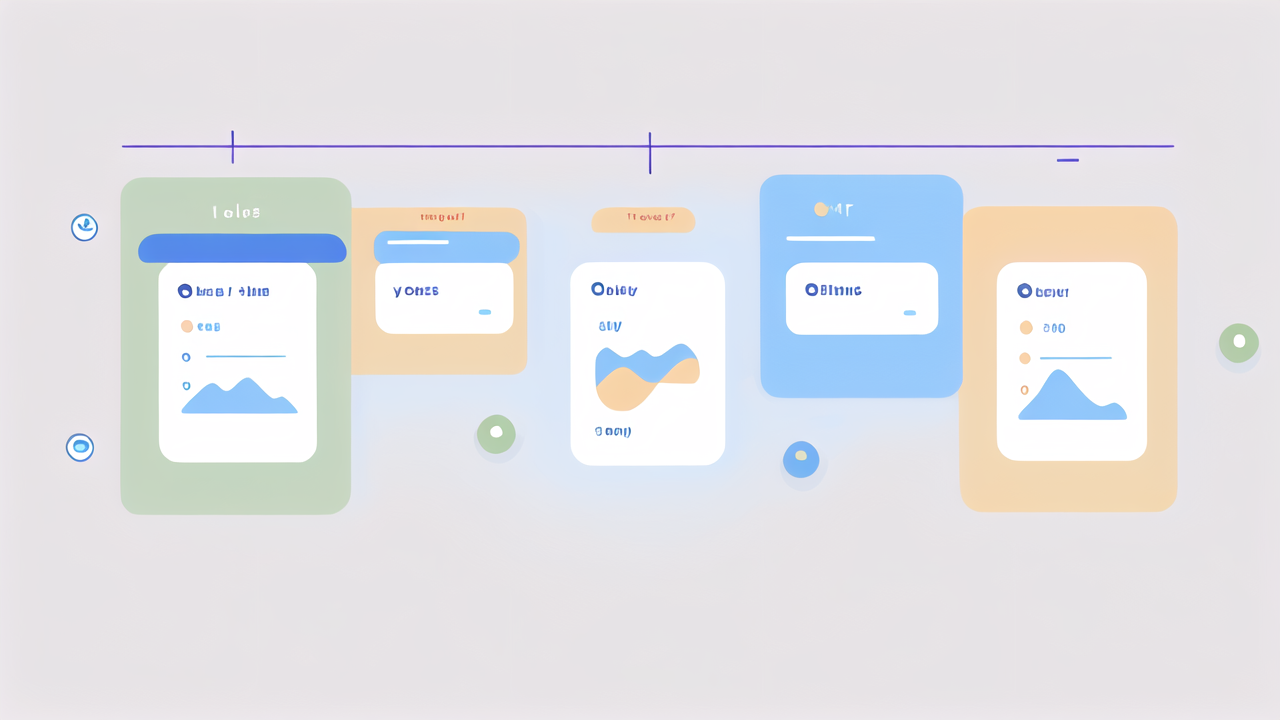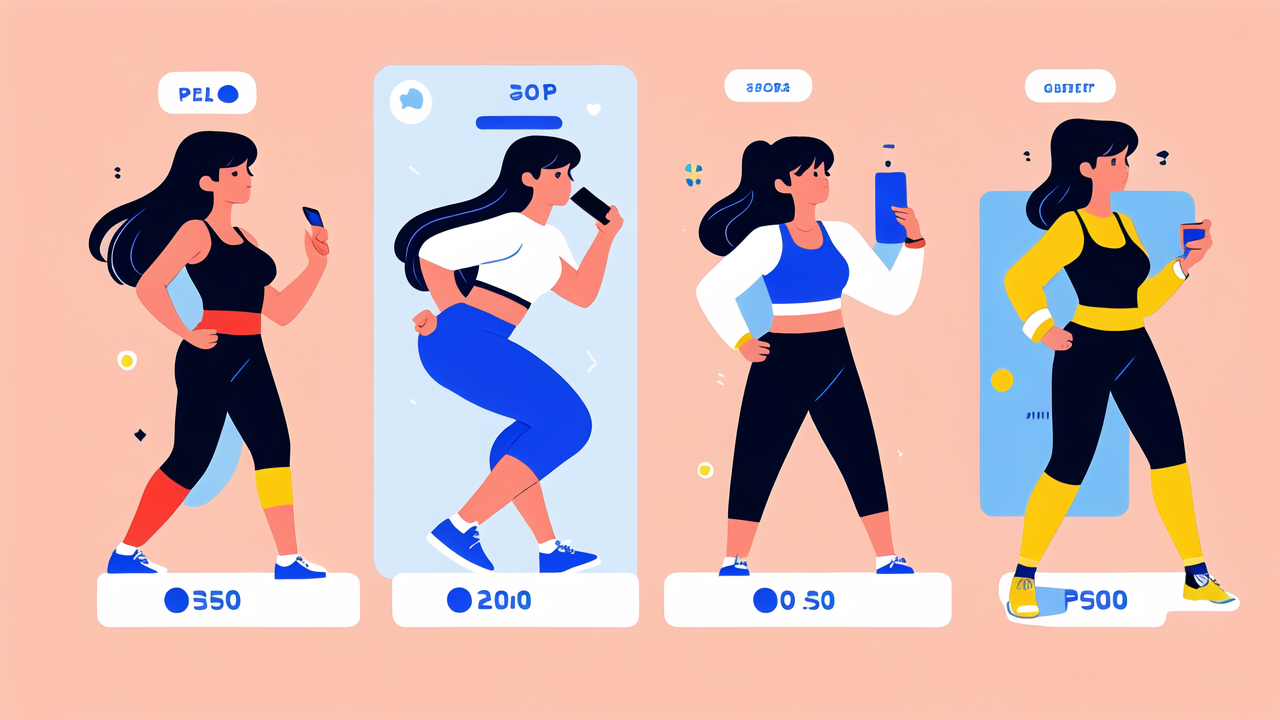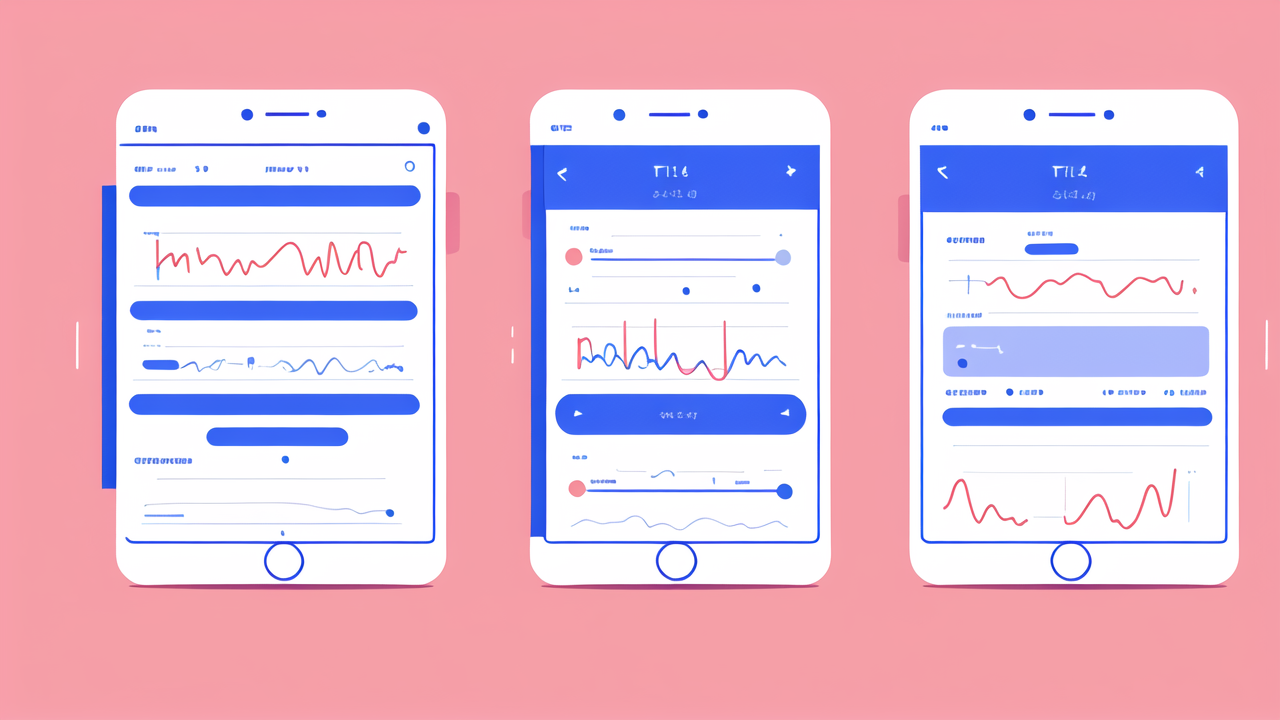The Importance of Activity Tracking in Today's Fitness Landscape
Understanding the Basics of Activity Tracking
Activity tracking has become a vital part of modern fitness routines. It involves using devices or apps to monitor physical activities. These trackers can measure steps, calories burned, heart rate, and sleep patterns.

Most activity trackers use sensors to detect movement and other body signals. They then convert this data into useful information. This helps users understand their daily activity levels and overall health.
Many people find that tracking their activities motivates them to be more active. It provides a clear picture of their progress and helps set realistic goals. Activity tracking can also reveal patterns in behavior that may need improvement.
Benefits of Implementing an Activity Tracker
Using an activity tracker offers numerous benefits for those seeking to improve their fitness:
- Increased awareness of daily activity levels
- Motivation to reach personal fitness goals
- Better understanding of sleep patterns and quality
- Improved ability to track calorie intake and expenditure
- Enhanced monitoring of heart rate and overall cardiovascular health
Activity trackers can also help users identify areas where they can be more active. This might include taking the stairs instead of the elevator or going for a walk during lunch breaks.
Regular use of an activity tracker can lead to long-term lifestyle changes. It encourages users to make healthier choices and stay committed to their fitness goals.
The Evolution of Fitness Technology in the United States
The fitness technology landscape in the US has seen rapid growth over the past decade. Early pedometers have evolved into sophisticated wearable devices with multiple functions.
Smart watches and fitness bands now dominate the market. These devices offer features like GPS tracking, heart rate monitoring, and smartphone notifications.
Many Americans now rely on fitness apps and online platforms to track their progress. These tools often sync with wearable devices to provide a complete picture of health and fitness.
The rise of virtual fitness classes and AI-powered workout programs has further transformed the industry. These innovations make personalized fitness more accessible to a wider audience.
Choosing the Right Activity Tracker for Your Needs
Key Features to Look for in an Activity Tracker
When selecting an activity tracker, consider these important features:

- Accuracy: Look for devices with reliable step counting and distance tracking.
- Battery life: Choose a tracker that can last several days on a single charge.
- Water resistance: Ensure the device can withstand sweat and water exposure.
- Heart rate monitoring: This feature is crucial for tracking workout intensity.
- Sleep tracking: Quality sleep is essential for overall health and recovery.
- User-friendly app: The companion app should be easy to navigate and understand.
- Compatibility: Make sure the tracker works with your smartphone or other devices.
Some advanced features to consider include GPS tracking, on-device workouts, and stress monitoring. These can provide more detailed insights into your fitness journey.
Remember that the best tracker for you depends on your specific needs and goals. Consider what activities you'll be tracking and what data is most important to you.
Personal vs. Professional Activity Tracking Solutions
Personal activity trackers are designed for individual use. They focus on daily activity, workouts, and general health metrics. These devices are usually affordable and easy to use.
Popular brands like Fitbit, Garmin, and Apple offer a range of personal trackers. They cater to different needs, from basic step counting to advanced fitness monitoring.
Professional activity tracking solutions are more comprehensive. They're often used by athletes, coaches, and healthcare providers. These systems may include multiple sensors and advanced analytics.
Professional trackers can provide in-depth data on performance metrics. This might include running dynamics, muscle oxygen levels, or advanced sleep analysis.
Some companies offer hybrid solutions. These combine personal tracking with professional-level insights. They're great for serious fitness enthusiasts or amateur athletes.
Integration Capabilities with Existing Fitness Ecosystems
Modern activity trackers often work within larger fitness ecosystems. This allows for seamless data sharing across different platforms and devices.
Many trackers can sync with popular fitness apps like MyFitnessPal or Strava. This integration helps users get a more complete picture of their health and fitness.
Some trackers also connect with smart home devices or gym equipment. This can enhance the overall fitness experience and provide more accurate data.
When choosing a tracker, consider its compatibility with your existing devices and apps. Look for open platforms that allow data export and third-party integrations.
Best Practices for Utilizing Activity Tracking Data
Analyzing Data for Informed Fitness Decisions
To make the most of your activity tracker, regularly review your data. Look for patterns in your activity levels, sleep quality, and heart rate.

Use this information to identify areas for improvement. For example, you might notice that you're less active on certain days of the week.
Compare your data over time to track progress towards your goals. Many apps provide weekly or monthly summaries to help with this.
Don't focus solely on numbers. Consider how you feel and your overall energy levels. Use the data as a guide, but listen to your body too.
Setting Up Targeted Fitness Programs
Use your activity tracking data to create personalized fitness programs. Start by setting realistic goals based on your current activity levels.
Break down larger goals into smaller, achievable milestones. For example, aim to increase your daily step count by 500 each week.
Use your tracker's features to plan workouts. Many devices offer guided exercises or interval training programs.
Adjust your program based on the data you collect. If you're consistently meeting your goals, it may be time to increase the challenge.
Remember to include rest and recovery in your program. Your tracker can help you monitor sleep quality and resting heart rate.
Continuous Improvement: Learning from Your Fitness Journey
View your activity tracking as an ongoing learning process. Use the insights gained to refine your approach to fitness over time.
Celebrate your successes, no matter how small. Recognize the progress you've made since you started tracking your activities.
Be open to trying new activities or workout styles. Your tracker can help you measure the effectiveness of different approaches.
Share your achievements with friends or join online communities. Many tracking apps have social features that can boost motivation.
Remember that fitness is a lifelong journey. Use your activity tracker as a tool to support your long-term health and wellness goals.




Leave a comment
This site is protected by hCaptcha and the hCaptcha Privacy Policy and Terms of Service apply.